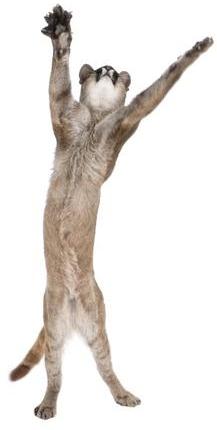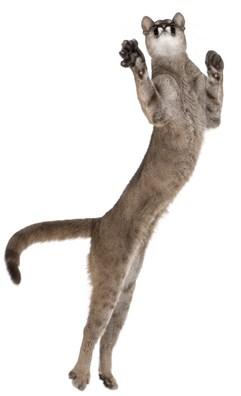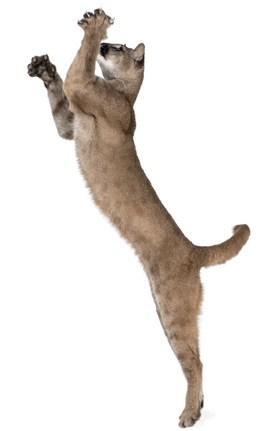This is a very short article about how parents can reinforce scientific method at home. Scientific method is a problem solving strategy so it can be used in various situations besides science. Parents can guide children through the steps in daily activities to reinforce the concept. There are also great links to site that have simple experiments that parents can do with their students.
This would be a great link for parents on the subjects page of my classroom Web site. Students could also use the links in the site to find ideas for their own classroom projects. Going to the link to the science projects, students could pick one of the simple experiments to do in the classroom and use it to create a diagram on poster board to show the scientific method steps with examples and pictures from their own experiment.
Making Science Real
Joanne K. Olson and Kouider Mokhtari
Education Leadership/March 2010
Downloaded from MasterFILE Premier
Science language and science text books don't have much in common with language patterns and knowledge that children learn naturally through experience. Tables, charts, and diagrams that display scientific information are also alien to many elementary students as they are exposed to classroom science. Olson and Mokhatari (Education Leadership, 2010) suggest that the scientific concept of logic as in “if this occurs, then this will also occur” should be taught in reading situations and stories before introducing the logic in the science classroom. The authors recommend that science be taught in a manner that starts with the concrete and moves slowly toward the more abstract. Instead of reading, discussion, and then doing a hands on activity, start with the hands on activity, move into the conceptual through models, videos, and charts before going to the most abstract level which is the text.
As a special education teacher, I have long know the difficulty of teaching abstract concepts to students who have issues that have kept them from learning the basics to build on. This article reminded me of the need to provide as much hands on experience as possible. The dilemma with hands-on iactivies is that often the students enjoy the experiment but never make the connection from the hands-on to the conceptual. Using the idea of a spectrum of experiences from concrete gradually to more abstract should greatly increase the generalizing from the concrete to the conceptual.
Scientific Method and Scientific Inquiry: Tensions in Teaching and Learning
Xiaowei Tang, Janet E. Coffey, Andy Elby, and Daniel M. Levin
Science Educator, January 2010 downloaded from MasterFILE Premier
Coffey, Elby, and Levin investigate whether teaching scientific method as discrete steps is detrimental to scientific inquiry. In their investigation they observed how students who were taught scientific method were inhibited in their brainstorming discussion when they tried to stick to the steps. When the teacher allowed the students to freely brainstorm without worrying about fulfilling all the steps they displayed good scientific thinking and discussed the concepts of control and variables in experimentation without always using those words to define their ideas.
The teacher in the investigation originally taught the steps of scientific method in discrete units, but when she asked the students to brainstorm, she allowed them the freedom to discuss their ideas without sticking to the steps. This seems like a natural way to teach. The next step would be to then, after brainstorming, record the steps and design a scientific experiment with controls and variables. Scientific method needs to be taught through the design and implementation of an experiment rather than through a step by step model alone.






